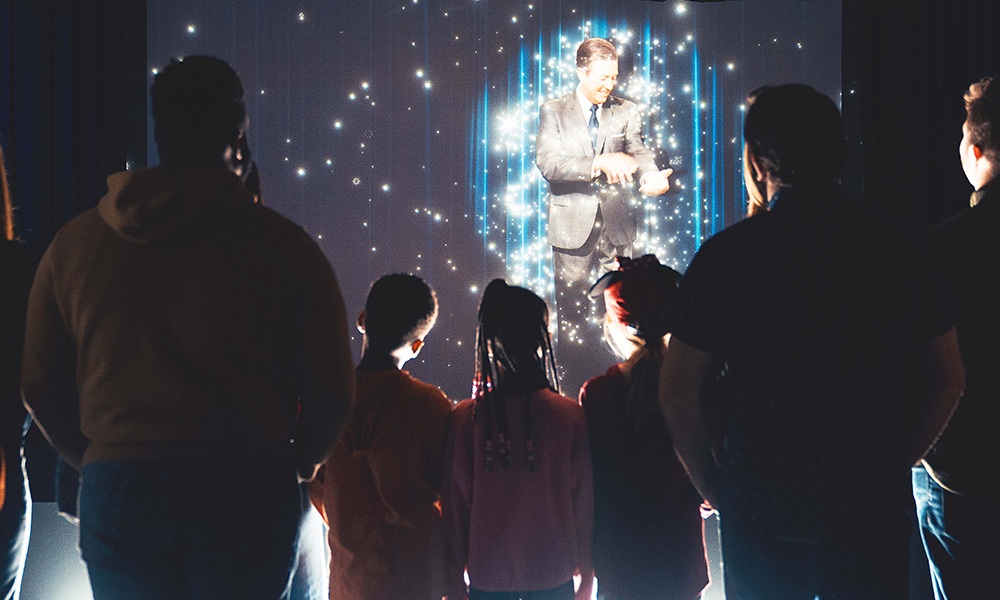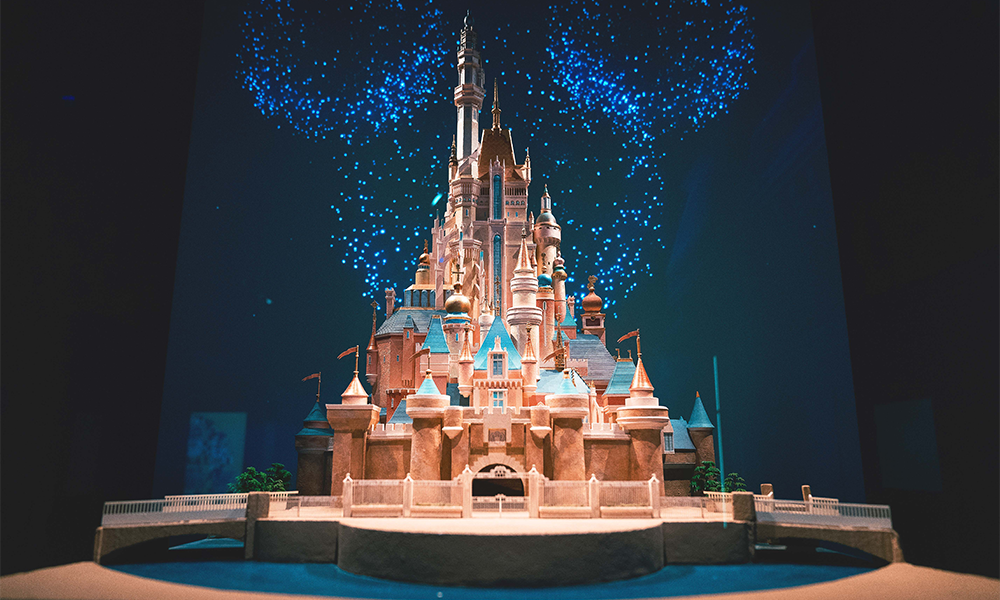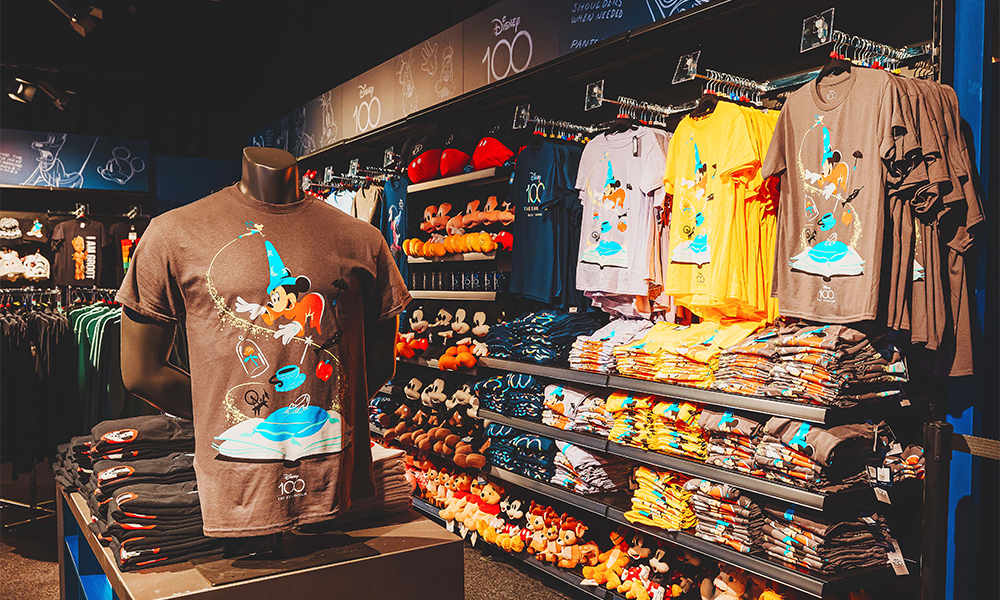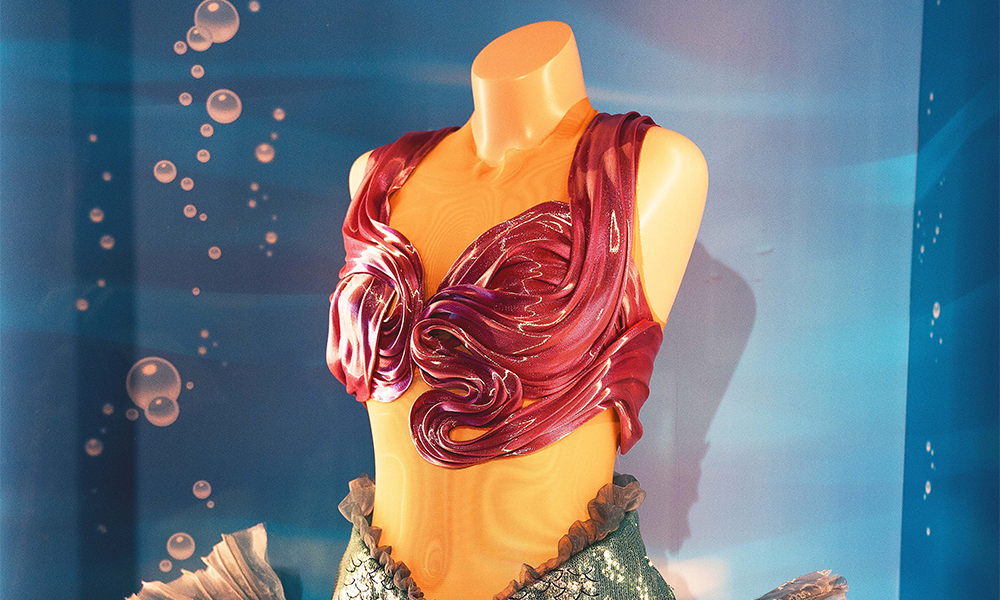National Maritime Museum is set to host a major examination of buccaneer life both fictional and historic from March 29, 2025
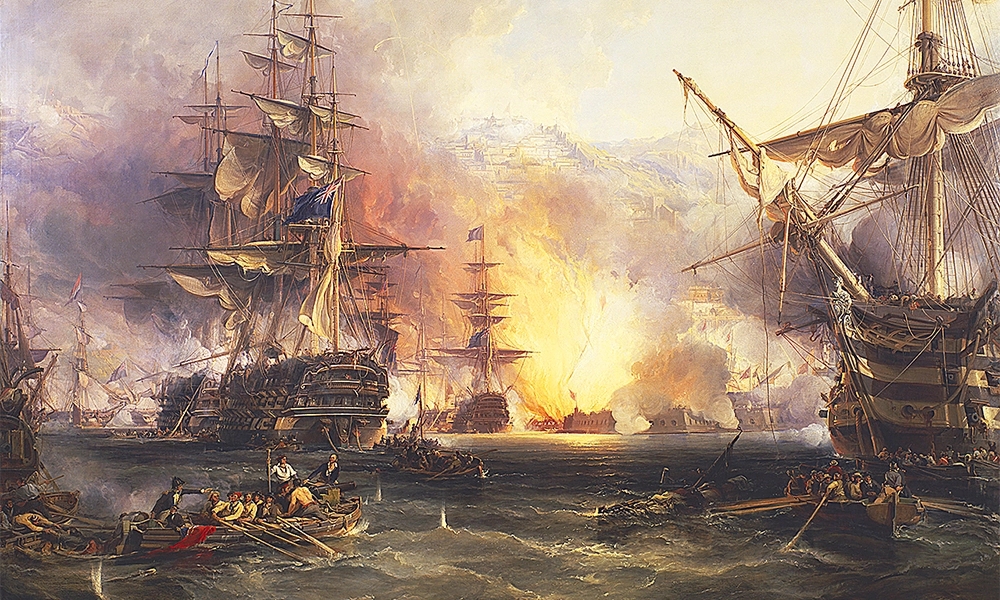
Subscribe to our free Wharf Whispers newsletter here
I loved The Great Piratical Rumbustification by New Zealand author Margaret Mahy and illustrator Quentin Blake as a kid.
The tale of retired pirate-turned-babysitter Orpheus Clinker, who descends on the unsuspecting Terrapin family with his mates for a riotous party, is clever, funny outlandish and overblown.
In some senses it’s a good metaphor for the whole topic of piracy.
We love the hyperbole in it.
Disney’s to blame, of course, for casting alcoholic rake Robert Newton to gurn his way through Treasure Island as the gravelly-voiced, one-legged Long John Silver in 1950.
It was such a popular turn he wound up getting the starring role in Blackbeard The Pirate in the film of the same name, before returning as Long John for another movie in 1952 and a miniseries.
Then you have the fierce passion and dashing acrobatic brilliance of Burt Lancaster in The Crimson Pirate, also in ‘52.
More recently there’s been the entertainment giant’s lucrative decision to employ a Keith Richards impersonator to carry a lacklustre franchise based on a theme park ride to financial success.
These glamorous portrayals are unsurprising.
Pirates have long been drawn as swashbuckling adventurers associated with lush islands, flamboyant dress and buried treasure.
But what’s the truth?
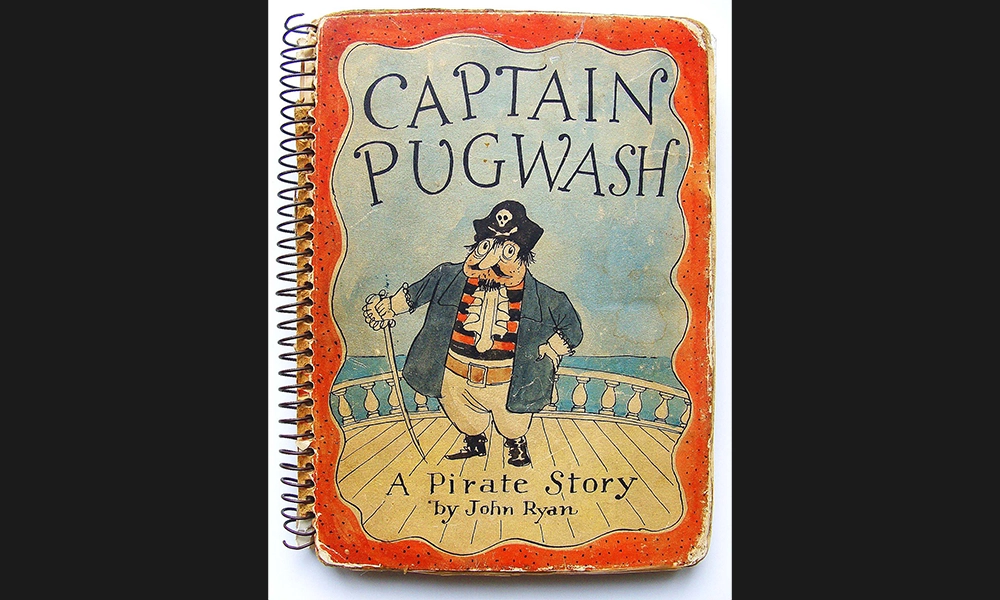
Isabel Ryan / Estate of John Ryan
the reality of Pirates
That’s the question asked by a new major exhibition at the National Maritime Museum in Greenwich.
Pirates promises to “deconstruct these myths and illuminate the realities” of life for the likes of Edward “Blackbeard” Teach, Anne Bonny, Mary Read and William Kidd – who ended his days at Execution Dock in Wapping and is immortalised in the name of a pub on the Thames.
Taking in stories from across the globe, the exhibition will look to the Caribbean and beyond with tales from the South China Sea, the Indian Ocean and the coast of North Africa.
Visitors will be able to see nearly 200 objects including loans from the National Archives, V&A and BFI.
The exhibition will be presented in sections with the first looking at the image of pirates in fiction and considering the impact of characters such as Captain Hook and Captain Jack Sparrow as well as Long John Silver.
This includes original illustrations from hapless cartoon pirate Captain Pugwash, by artist and writer John Ryan, who began life in a comic strip before starring in a children’s TV show.
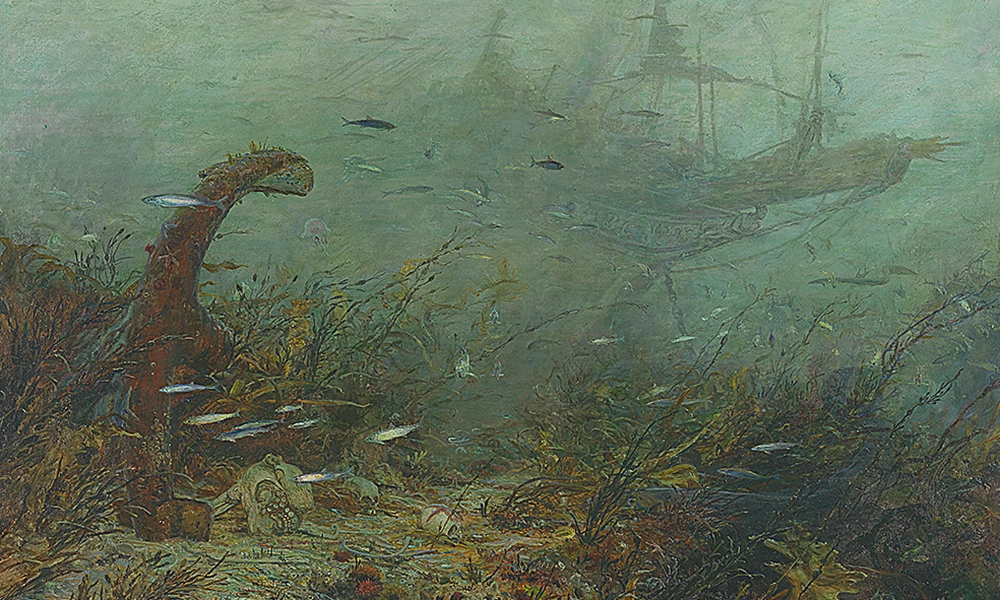
dispelling the fiction
“Real Pirates” will go on to investigate tales of specific outlaws and their exploits on the high seas, inspired by A General History of the Pyrates by Captain Charles Johnson first published in 1724 as the golden age of piracy came to an end.
Then visitors will see “Global Pirates” with objects selected to showcase piracy around the world including the story of Chinese captain Shap Ng-tsai who was active in the mid-19th century.
Eventually Shap’s fleet of 27 junks was destroyed in a joint action by an Anglo-Chinese squadron under Captain John Charles Dalrymple Hay and Major General Hwáng in 1849.
There’s also a focus on Barbary piracy and the Bombardment Of Algiers in 1816, when a British-Dutch force attacked the city in an attempt to resolve the problem of naval crime in North Africa.
The action resulted in the release of 3,000 Christian captives, but came at a cost, as it was more deadly than the Battle Of Trafalgar.
While the exhibition might not rise to heights of a rumbustification, nor the need to pore through a dictionary to see which words are made up, it nevertheless promises to be a blockbuster.
Apt then that Orlando Bloom’s costume from the first Pirates Of The Caribbean flick will be on show.
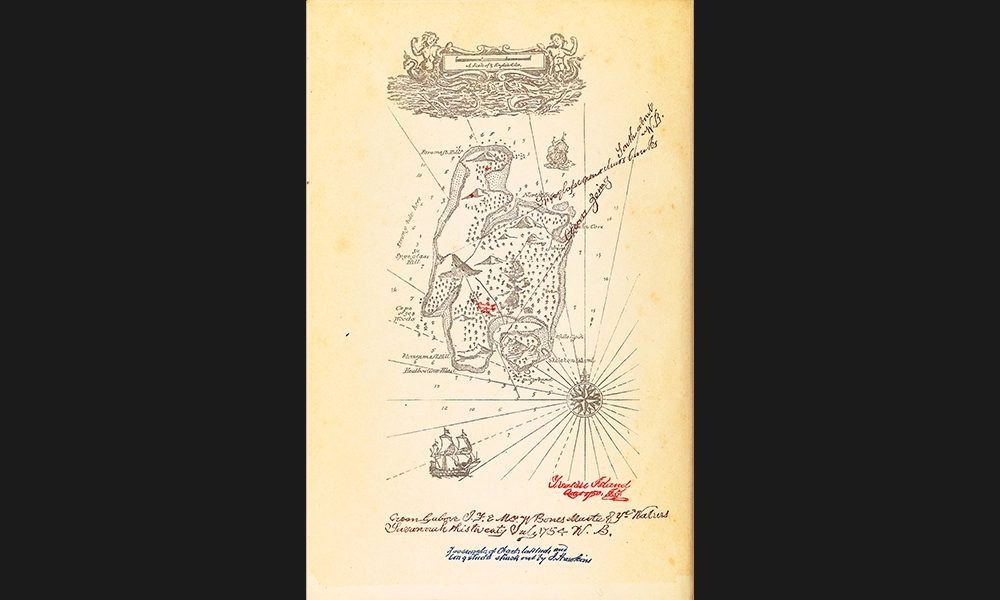
key details: Pirates at the National Maritime Museum
Pirates is set to open at the National Maritime Museum in Greenwich on March 29, 2025, and will run until January 4, 2026.
Adult tickets cost £15 and £7.50 for children. Entry for Royal Museums Greenwich members is free.
The exhibition is recommended for those aged 10+.
Find out more about the exhibition here
Read more: How Arc is bringing the ‘largest sauna in the UK to Canary Wharf




